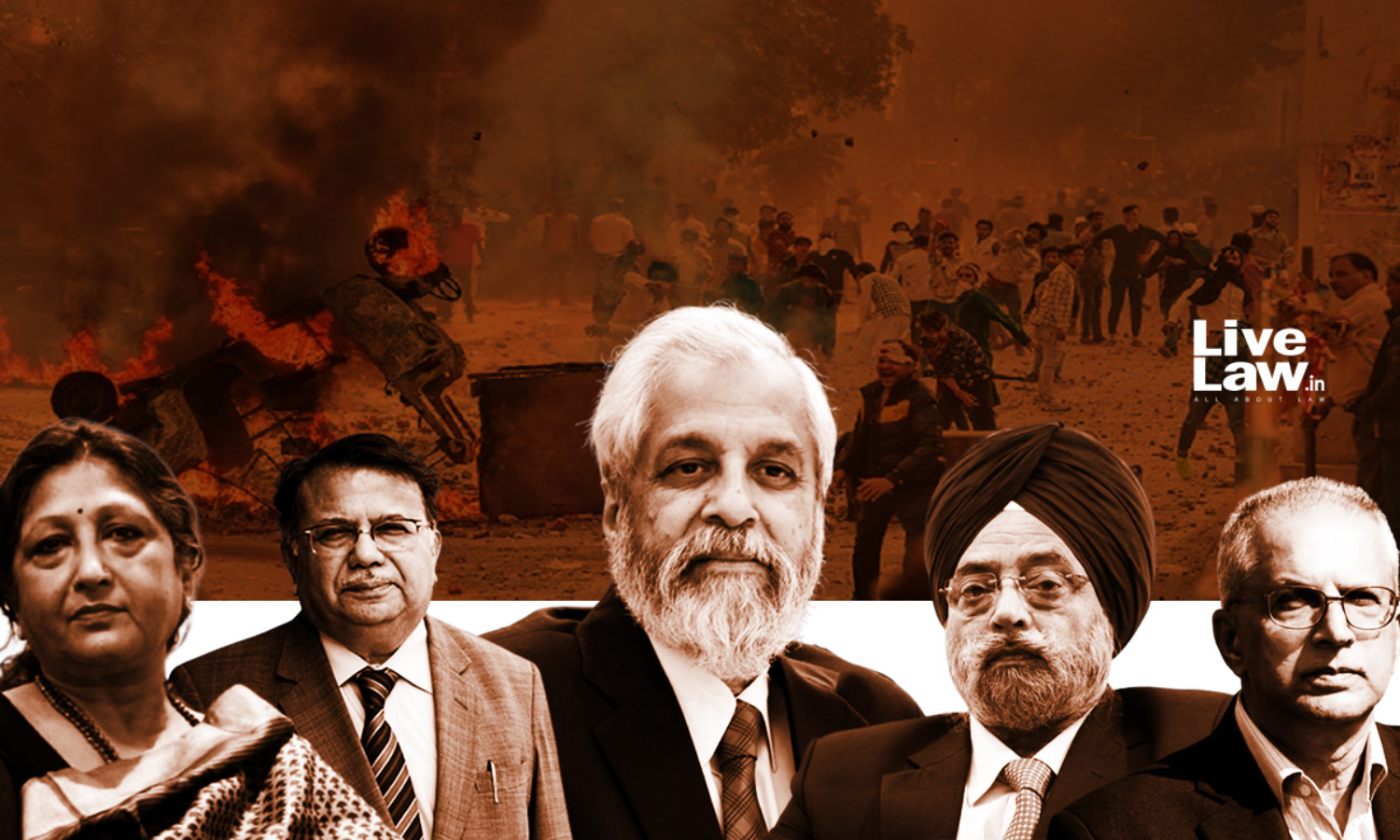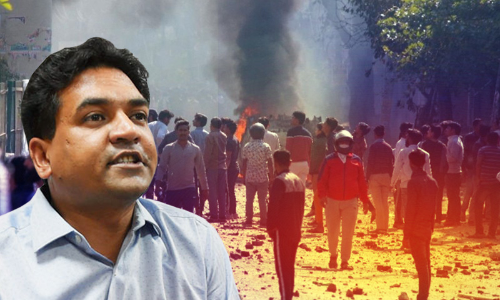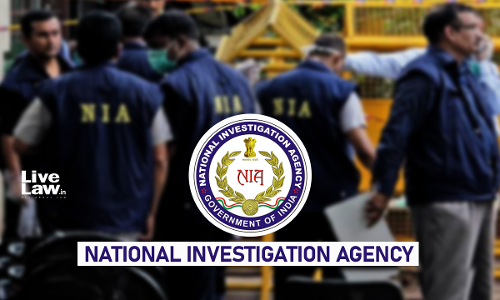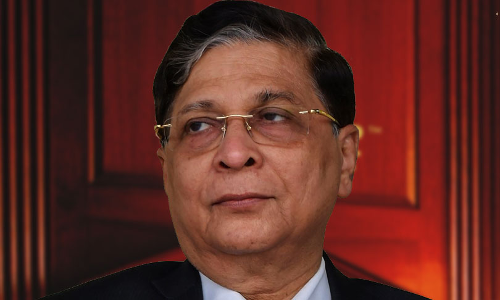Mainstream News Channels Ran Programs With Anti-Muslim Prejudice While Reporting CAA Protests: Citizen's Committee Report

A Citizen's Committee report on the North East Delhi Violence 2020 gave its findings on media's role in fueling polarisation between communities and anti-Muslim hate before and after the violence. The Committee conducted an empirical analysis of the messaging of sections of the television media around the CAA and the protests. It focused on episodes aired in December 2019-February 2020...
A Citizen's Committee report on the North East Delhi Violence 2020 gave its findings on media's role in fueling polarisation between communities and anti-Muslim hate before and after the violence. The Committee conducted an empirical analysis of the messaging of sections of the television media around the CAA and the protests.
It focused on episodes aired in December 2019-February 2020 of primetime shows of the six most viewed television news channels– Republic and Times Now (English), and Aaj Tak, Zee News, India TV, and Republic Bharat (Hindi). The analysis revealed that the channels' reportage of events surrounding the CAA framed the issues as "Hindus versus Muslims" with prejudice and suspicion against the Muslim community. The report stated that these channels concentrated on vilifying anti-CAA protests, fanning unsubstantiated conspiracy theories, and calling for their forcible shutdown. The Committee consisted of former judges Madan B. Lokur (ex-Supreme Court judge), AP Shah (ex-CJ Delhi HC), R.S. Sodhi (ex-Delhi HC judge), Anjana Prakash (ex-Patna HC Judge) and former Union Home Secretary G.K. Pillai IAS.
The report concluded that the analysis of the selected episodes revealed that prejudice and suspicion against the Muslim community was a consistent feature underlining the messaging across the aforementioned shows. It stated that–
"There was a concerted attempt to frame the issues around the CAA as Hindus versus Muslims with Muslims being portrayed as "troublemakers" or "ungrateful citizens", or people whose actions were "antithetical to national interest". The use of sensationalist tickers, hashtags and headlines flashed across television screens is part and parcel of the visual components of these primetime shows. Wider research reveals that media platforms employ a tactic of repeating slogans until they become a "mindless but memorable cliché". These visual tools play a major role in propagating specific messaging – in this context, the messaging focused on which community should receive sympathy, and which should be demonized."
As per the report, a consistent effort was made by all six channels to project the protests as singularly disruptive and violent. Words such as "vandals", "rioters", "potential terrorists", "anti-national", "tukde-tukde gang", "victimizers", "cowards", "blackmailers" and "dangerous" were repeatedly used to describe the anti-CAA protesters. Further, the trope of Muslims as the "enemy other" was recurrent.
It stated that in some instances, hateful content was facilitated by these news channels through an uncritical acceptance of inciting comments made by panelists invited for discussions and in other instances, provocative and inciting remarks were made by the anchors themselves. Additionally, anti-CAA protests were shown as being imbued with designs of Muslim extremism, backed by Islamic extremist groups. The language of attacking Hindus, of waging jihad, was used to embed the Hindu-Muslim binary with Muslims as aggressors and these significant claims were not backed by any tangible information or evidence. The report provides that–
"By casting protest as akin to notions of religious warfare, the show's anchor seemed intent on creating a fear psychosis in the minds of non-Muslims and driving a wedge between communities. At the same time, articulation and mobilization against the CAA by Muslims was painted as aggressive and communal...These channels further framed the protest movement as a homegrown conspiracy with violent motives, hatched either by the Opposition, or by international actors. Within this, there was also an attempt to frame the protests as anti-Modi as a conspiracy aimed to discredit the Prime Minister and exaggerate the dangers posed by the CAA-NRC."
The report also highlighted that calls of violence were made on televised shows aired to millions of viewers, with no censure or consequence for those making them. It stated that– "This indicates they may have been accorded tacit credence. The open accusations of criminality made against anti-CAA protesters, first as a block, and then against individuals, were highly irresponsible, particularly given the extent to which accusations were shaped and spread."
The language of anchors and panelists, and the phrasing of the visual tools on these shows, as per the report, revealed antagonistic messaging and sensationalist style. Anchors and panelists used insulting, pejorative words – terrorist, jihadis, dangaiyon (rioters), traitors – to describe Muslims as violent and anti-national. Further, they repeatedly referred, dismissively, to Muslims as "they" or "these people", alluding to a supposed unified "they" as a religious block with designs against Hindus or the country.
Delhi Police Invesigation Of 2020 Riots Cases Skewed, Role Of Those Who Made Hate Speeches Ignored : Citizens' Committee Report
The report highlighted the need of media reporting on violence and mobilisation to be nuanced and responsible, and oriented by facts that shed light on all elements that had contributed to violence, including the use of excessive and violent force by the police. It concluded–
"A sensationalist discourse, aimed at stigmatizing the otherwise legitimate features of a cause, serve to make media channels a party to the conflict. This encourages an environment of vigilantism or even create permissive conditions for high-handed state responses. It is critical that news organizations strictly follow journalistic rules of rigor and objectivity in reporting on violence of any kind, and refrain from projecting generalized judgments that malign one group or community. The failure of the existing regulatory frameworks to act as a check is starkly exposed through this analysis."
The report is available here




